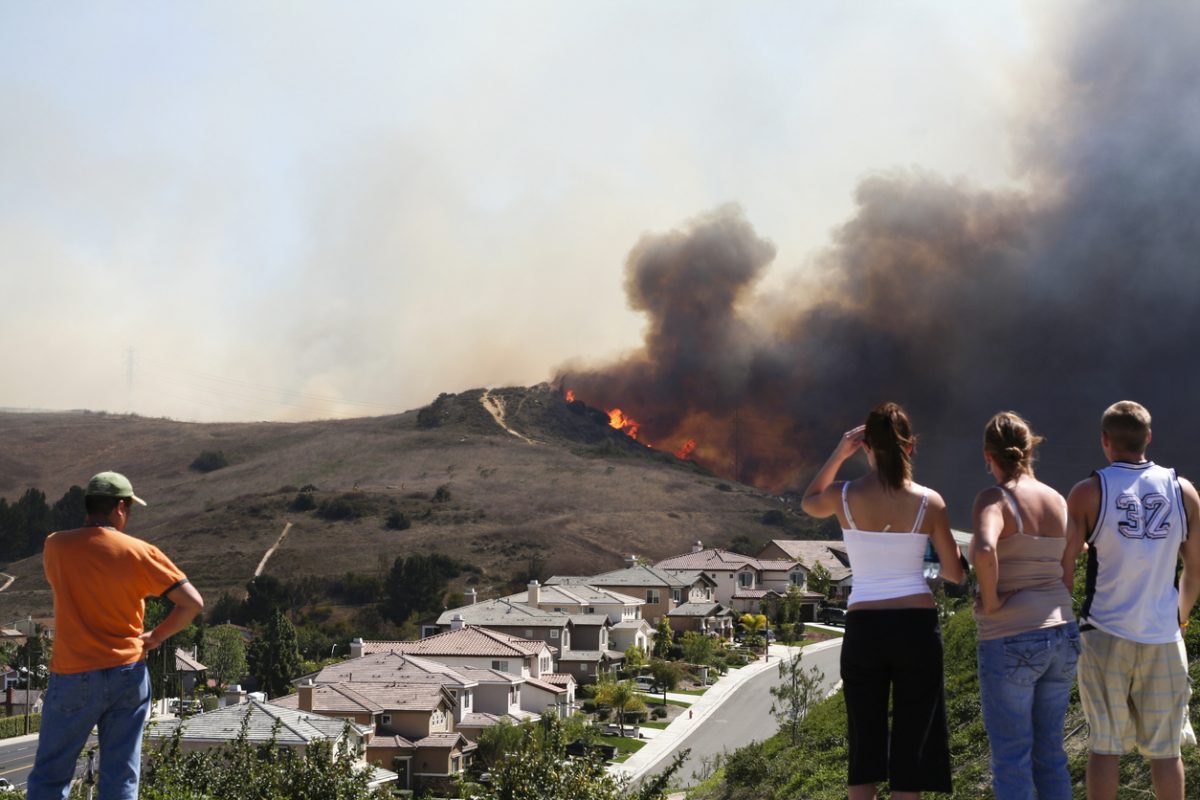
COVID-19 and Infection Control:
A Perspective From the Psychiatric Ward
One afternoon in early March 2020, "Code Gray, Mod A!" echoed overhead. We hurried down to the unit of our free-standing psychiatric hospital, expecting to respond to a routine aggression code. Instead, we found an agitated patient punching walls, adamant that he would contract coronavirus disease 2019 (COVID-19) from peers during his hospitalization. At that time, there were few confirmed cases in Michigan, and many questioned whether his statements were delusional. Just 3 weeks later, our metropolitan area was dubbed one of the national COVID-19 hotspots and 2 patients in our facility tested positive.
Immediately after identifying our hospital’s index cases, leadership collaborated with infectious disease experts at our affiliate medical hospital, hoping to avoid an outbreak. We implemented guidelines like those presented by others.1 Specifically, limiting admissions, testing patients prior to their arrival at our facility, screening patients and employees twice daily, and creating isolation wards for positive and potentially positive patients were among the many interventions we adopted. The process has seemed to work smoothly in our hospital thus far, but the battle is not over.
Past respiratory, gastrointestinal, and dermatologic infectious outbreaks have brought to light the idiosyncrasies of psychiatric units and those within their confines.2,3 Analyses of respiratory syncytial virus, influenza virus, and human metapneumovirus outbreaks in psychiatric wards have shown that early intervention is key.2,3 Furthermore, the essentials of curtailing an outbreak include hand hygiene, isolation of affected patients, appropriate use of personal protective equipment (PPE), and chemoprophylaxis, immunization, and treatment.
Clearly, severe acute respiratory syndrome coronavirus 2 poses additional challenges, and many psychiatric wards cannot implement the basics of infection control. Alcohol-based sanitizers are not readily available for patients, many of whom are unable to comprehend the concept of hand hygiene. There is a universal limited supply of PPE. At our institution, unless working on isolation units, staff primarily wear surgical masks, which are reused for 1 week. However, patients are not always cooperative in wearing masks. Interpersonal interaction via group therapy remains ongoing. Currently, only investigational treatment and prophylactic modalities are available. Moreover, free-standing facilities like our psychiatric hospital have inadequate medical resources, impeding our ability to attend to patients who test positive and undergo rapid respiratory decline.
Undoubtedly, the need for psychiatric services will increase in the coming months. Over the last few weeks, we have had a variety of admissions of patients who have been directly impacted by the virus. For example, a significant other’s death from COVID-19 reignited depression and suicidality in one of our patients, and recent unemployment compounded with COVID-19-associated anxiety led to suicidality and psychotic functioning in another. The emphasis of primary and community-based care has been proposed to avoid the overburdening of inpatient psychiatric settings.4 Additionally, telehealth services have become feasible options for outpatient and consult liaison psychiatry.5 However, the acuity of many of our patients limits the utility of virtual care and compromises the ability of inpatient psychiatric hospitals to keep admissions at a minimum. Overcrowding thus becomes a grim reality, which may hamper our infection control efforts.
It is increasingly becoming easier to identify with the worry and fear that affected the patient we met that afternoon in early March. As physicians, we tend to look at the "big picture" when formulating treatment plans for our patients. Although, amid this pandemic, it is difficult to think about what even the next day holds for our patients or ourselves. However, we can find solace in that as a global scientific community, we continue to learn from and guide each other in our cautious preparation for the hurdles ahead.
Received: April 29, 2020.
Published online: May 21, 2020.
Potential conflicts of interest: None.
Funding/support: None.
REFERENCES
1.Starace F, Ferrara M. COVID-19 disease emergency operational instructions for mental health departments issued by the Italian Society of Epidemiological Psychiatry. Epidemiol Psychiatr Sci. 2020;29:e116. PubMed CrossRef
2.Fukuta Y, Muder RR. Infections in psychiatric facilities, with an emphasis on outbreaks. Infect Control Hosp Epidemiol. 2013;34(1):80-88. PubMed CrossRef
3.Li PH, Wang SY, Tan JY, et al. Infection preventionists’ challenges in psychiatric clinical settings. Am J Infect Control. 2019;47(2):123-127. PubMed CrossRef
4.Xiang YT, Zhao YJ, Liu ZH, et al. The COVID-19 outbreak and psychiatric hospitals in China: managing challenges through mental health service reform. Int J Biol Sci. 2020;16(10):1741-1744. PubMed CrossRef
5.Corruble E. A viewpoint from Paris on the COVID-19 pandemic: a necessary turn to telepsychiatry. J Clin Psychiatry. 2020;81(3):20com13361. PubMed CrossRef
aDepartment of Psychiatry, Henry Ford Health System/Wayne State University, Detroit, Michigan
*Corresponding author: Shivali Patel, MD, Henry Ford Health System/Wayne State University, 1 Ford Place, Detroit, MI 48202 ([email protected]).
Prim Care Companion CNS Disord 2020;22(3):20com02650
To cite: Patel S, Gautam M, Mahr G. COVID-19 and infection control: a perspective from the psychiatric ward. Prim Care Companion CNS Disord. 2020;22(3):20com02650
To share: https://doi.org/10.4088/PCC.20com02650
© Copyright 2020 Physicians Postgraduate Press, Inc.
Please sign in or purchase this PDF for $40.00.
Save
Cite


